Activated charcoal skincare products are pretty cool. They’re black, they’re sciencey-sounding and they’re said to suck dirt out of your pores like a magnet – what’s not to like? The reality is a little more complex than that…
(If you’re after the video version of this post, check it out here! To make sure you don’t miss a video from me when it goes live, click here.)
What is activated charcoal?
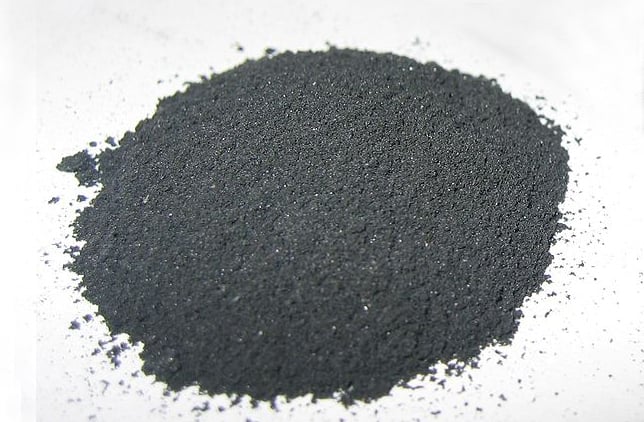
Activated charcoal is carbon soot that’s been treated to give it a sponge-like structure, with lots of holes. If you zoom into activated charcoal, it’s very jaggedy, giving it a huge surface area. It’s estimated that 1 gram of activated charcoal has a surface area of 3000 square metres, which is the same as 3 Olympic swimming pools, 7 basketball courts or 230 car parking spaces.
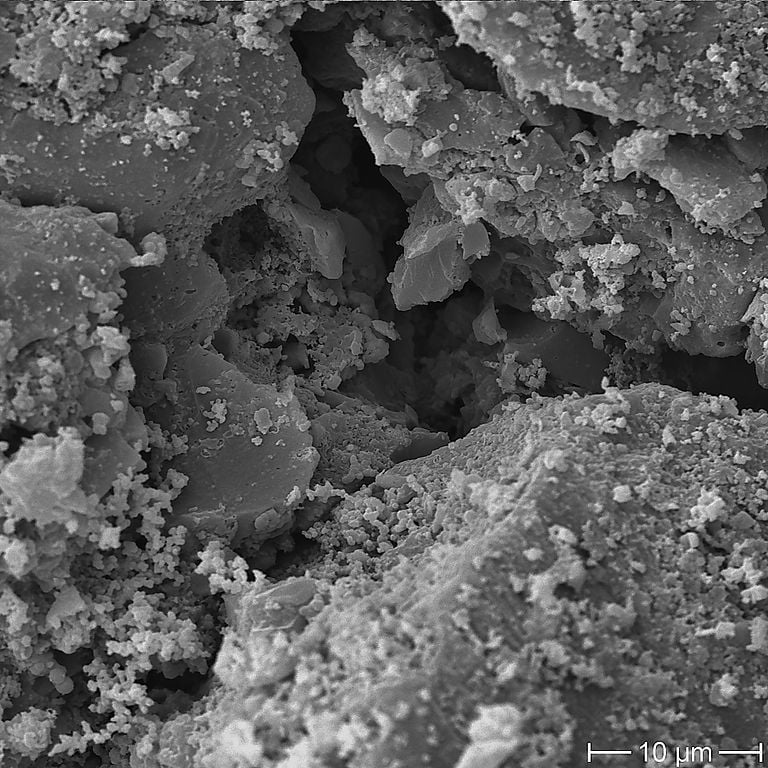
This gigantic surface area is particularly handy for soaking up substances. You can see how effective it can be for purifying water in the picture underneath, where activated charcoal’s grabbed onto all the red dye in the glass on the left (it can also be seen with the orange fizzy drink in the video).
In medicine, activated charcoal is mostly used in poisoning cases, where a large dose is fed to the patient alongside other treatments. A lot of the poison sticks to the charcoal instead of absorbing into the body.
Since it’s a default treatment for soaking up ACTUAL TOXINS in poisoning, lots of people eat/drink activated charcoal for “detox” purposes, which sounds like it could work (although if you read my other blog, you’ll know that detox is a scam). You might be wondering, how does activated charcoal tell the difference between good things and bad things? The answer is… it doesn’t.
How does activated charcoal work?
At a molecular level, things are sticky. It’s why the wax in a candle stays together as one big clump instead of splaying everywhere, and why you have to put in a whole heap of heat to get water molecules to separate and turn into steam. This stickiness is known as intermolecular forces – interactions that stick molecules together. Without them, everything would be a gas.
There are a few types of intermolecular force – the one that activated charcoal uses is called dispersion forces. Absolutely every substance has dispersion forces, whether it’s a vitamin or a poison.
Remember the large surface area that activated charcoal has? This means there’s a lot of space for things to stick to. And since everything can form dispersion forces, activated charcoal actually soaks up all sorts of things, including nutrients like vitamins, meaning you don’t get the full health benefits of your food.
Activated charcoal can stick to medications as well, if they’re still in your digestive system. This means that you might not be getting the right dose.
In a poisoning situation, you’re probably not worried about whether you get enough vitamins, but in everyday life it’s not such a good idea to prevent your body from taking up random nutrients and medications on a regular basis. So don’t make activated charcoal part of your regular diet!
So does it work like a magnet?
Here’s the thing about dispersion forces – they fade out very quickly over distance. For those of you who are mathematically inclined, it’s inversely proportional to the sixth power of distance (1/d6). This means that to stick to something and trap it, the activated charcoal needs to basically be touching the substance.
This isn’t much like a “magnet for dirt” – more like blu-tack for dirt, or a ball of chewed chewing gum for dirt, or sticky tape for dirt. Much less catchy, but less misleading too!
How about in skincare?
In beauty, there isn’t really anything on your skin that you want to stay on there when you’re ready to wash your face (except maybe good bacteria, but they multiply quickly), so it’s OK to use it regularly. There isn’t any good data on whether or not it works, but theoretically, it could work.
Some companies (like Biore) claim that activated charcoal products can remove more dirt than other products. If we assume their claims are correct, I would guess it works like this. A normal cleanser removes surface dirt and oil through the use of surfactants like synthetic detergents or syndets (see this post for more info on how surfactants clean your skin):
But surfactants don’t really get into pores. On the other hand, activated charcoal can potentially absorb oil from pores like a clay mask, so it could draw out dirt within a pore with it.
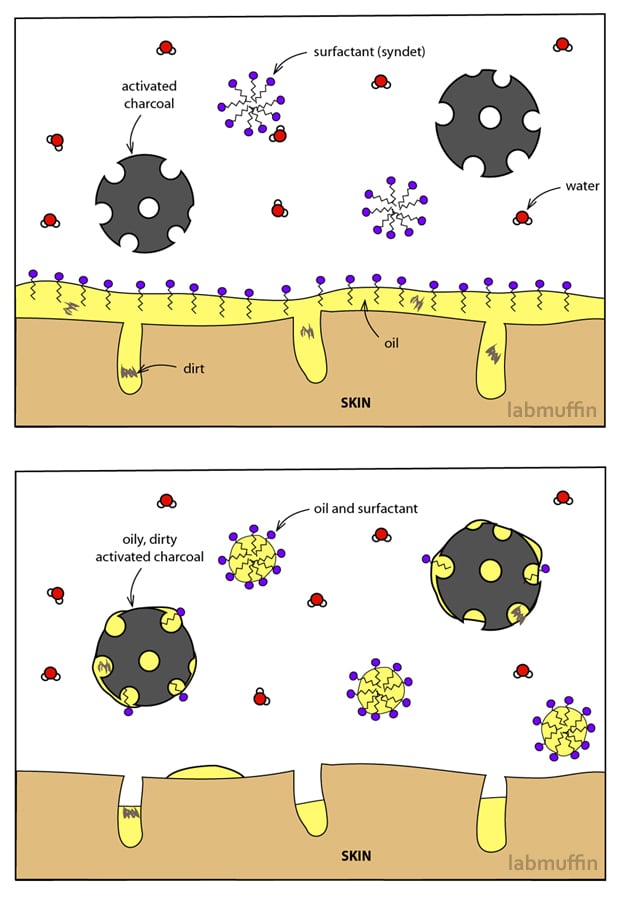 This means it can potentially clean deeper inside the pore. However, I’m not sure the typically short amounts of time that these products stay on your skin is enough – in studies on activated charcoal, it typically takes a few hours for it to take its full effect.
This means it can potentially clean deeper inside the pore. However, I’m not sure the typically short amounts of time that these products stay on your skin is enough – in studies on activated charcoal, it typically takes a few hours for it to take its full effect.
Additionally, in these studies activated charcoal is added bare, in powdered form, to a water based solution and stirred, which results in much faster absorption than in a mask, where it’s suspended in a gloop and touching your skin on one surface only.
In the video, I tested loose activated charcoal with an orange drink: the orange colour disappeared, as well as the orange flavour. I also tested two activated charcoal-containing products: a hydrogel eye patch and part of a sheet mask. I left them in for 10 minutes before removing them. I didn’t see any colour change compared to the original drink.
It’s possible that in real usage, the evaporation of the water from the product could help the activated charcoal work more effectively. If I left them for longer it might have worked better too. It’s also possible that it worked, but not effectively enough to notice a colour difference. Either way, it doesn’t seem that activated charcoal embedded in products will work like loose activated charcoal.
Verdict
There’s no evidence activated charcoal works, but it could theoretically work (though not like a magnet!), it looks cool, it’s inexpensive and it’s not harmful…which is more than I can I can say for a lot of other beauty treatments!
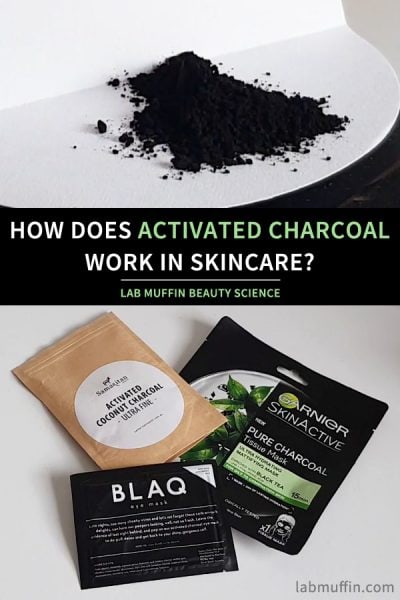
References
Products are press samples, which did not affect my opinion. For more information, see Disclosure Policy.
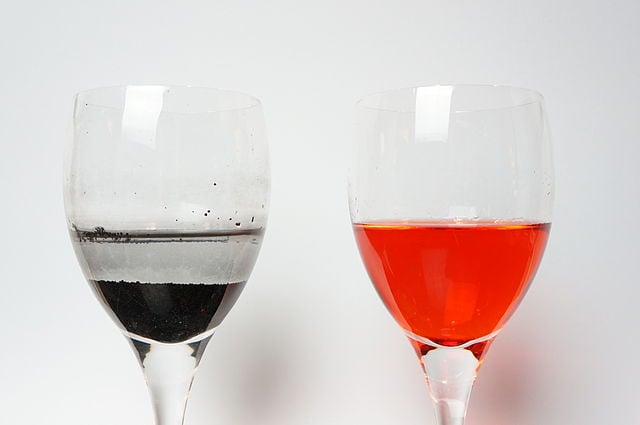






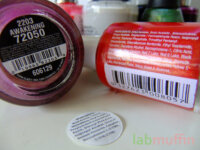
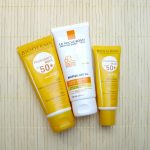
This was such a great post, thank you! That’s a ton of effort (and patience) to make all those drawings! ^.^
Thanks! I’m getting better at them (and better at copy pasting bits of drawings I’ve done before) – I think this set only took me about an hour on and off 🙂
Your blog is beautiful. I love it that you enjoy and write about all the girly make-up/nails/beauty stuff but with a no-nonsense buzzword-killing attitude.
Thanks so much Olga! I’m a bit of a nerd and I think everything should be approached with a critical mindset… especially in beauty, where there’s so much obfuscating marketing.
Thanks for writing up this article! I was wondering how activated charcoal worked, particularly because I have a friend with incredibly sensitive skin who asked me whether the charcoal could have adverse effects. It seems that charcoal would be a pretty safe option compared to some other additives that could be in his skincare!
It’s pretty safe I think – it theoretically stays out of the skin, so it shouldn’t interact at all unless small particles aren’t washed off properly.
Great post. I’m a scientist but I love your explanation and drawings. Must have take a long time to do.
Not too long – there’s a lot of copy pasting involved! Sometimes I rotate things in a lame attempt to make it look like it wasn’t just a straight copy paste job… Adobe Illustrator is a godsend.
Me too. Love the illustrations.
I really enjoyed this post – I love learning more about how skincare works! Thanks for sharing 🙂
Jess xo
I’m glad you enjoyed it – skincare is fascinating!
I hate that tingling feeling too! The only thing worse is self-heating masks!
I weirdly don’t mind heat, but tingly cold creeps me out!
This is really interesting and informative! Thanks for sharing 🙂
Activated charcoal sounds like a pretty great skin care method. The process how it picks of dirt is pretty cool. If it can clean in the pores even deeper than other things, then I need to try it out.
I doubt it can – for pore cleansing, I think something that’s actually small enough to get into pores like salicylic acid would be far superior.
Hey Michelle,
I really liked this post. I enjoy reading your pieces, and like the language you use to describe the processes, and the science behind the products you’re talking about. I like how you sort of anticipate the ‘commonly asked questions’ about activated charcoal, and use them to sort of build a case around it, eventually leading up to a verdict. Your diagrams make it easy to understand, and your writing explains science without coming off as condescending. It’s sort of ‘How it’s Made’ meets a Seeker video meets beauty blog. From a writer to another writer, I admire the way you give your audience information we didn’t know we needed but feel a tiny bit smarter having acquired it.
Thanks for your posts :).
Thank you so much! I really appreciate your comments 🙂
I have seen people drinking activated charcoal for intoxication on ICU and it tastes so vile I don’t get why anyone would drink it daily on purpose!
Great article! This makes me wonder about those trendy whitening toothpastes with charcoal, and how effective they really are…
Thank you so much for your commitment to sharing skin care science with all of us consumers out here! I was wondering if you could do a post on hydrosols? I know they are popular in the “natural skincare” world to use as a toner, and are an ingredient in many hydrating toners on the market, but are they really hydrating enough to replace, say, a hyluronic acid serum? Is the scent irritating to sensitive skin? Was wondering if you could do some myth busting…
As always, the graphics make it easy to understand! I’ve been wondering how efficient activated charcoal is since people raved a lot about Kayman’s Charcoal Soap. Now I know why people love that bar soap so much!
Love it! Awesome post, thanks!
Activated charcoal is a great teeth whitener!
Great post and thank you for explaining thoroughly about charcoal powder. I bought myself Virginic Activated CharcoaI (https://virginic.com/collections/all-oral-care-products/products/activated-charcoal-powder) and love to experiment with it. I myself like to use charcoal powder to make DIY facial mask. I love how my skin feels after applying it on my skin. I also make my own teeth whitening using the activated charcoal powder!
thanks for being so forthcoming about providing all this no cost content!
Love love love charcoal powder! My skin feels amazing when I use it.
Thanks for this article. It’s very informative and easy to read.